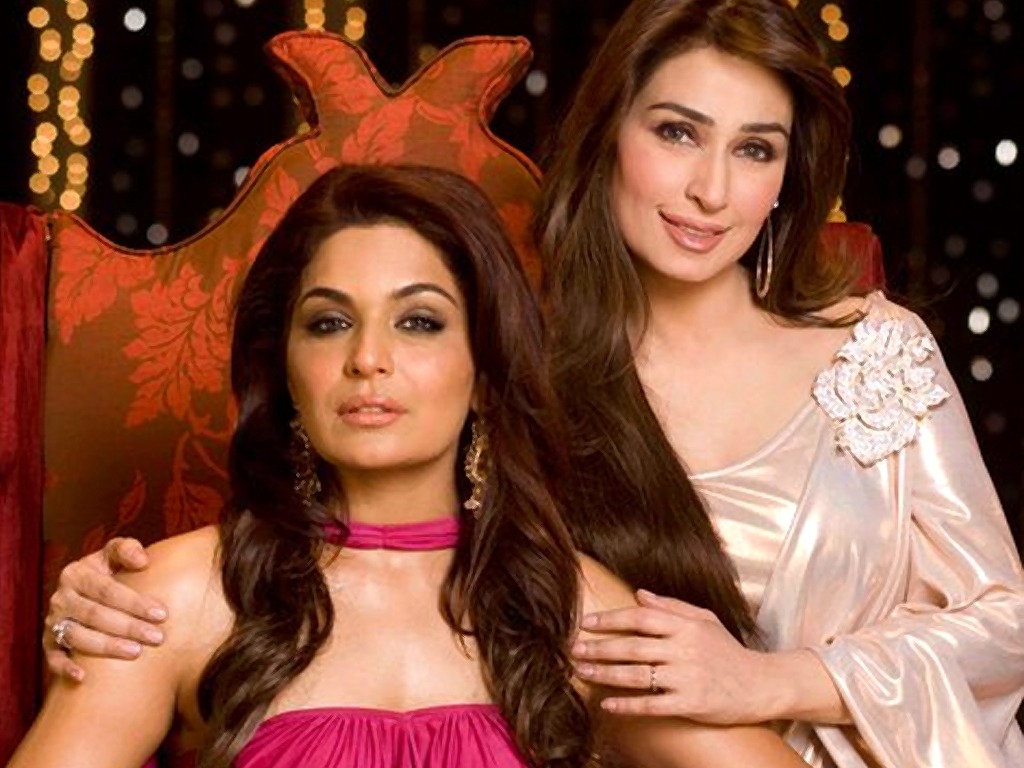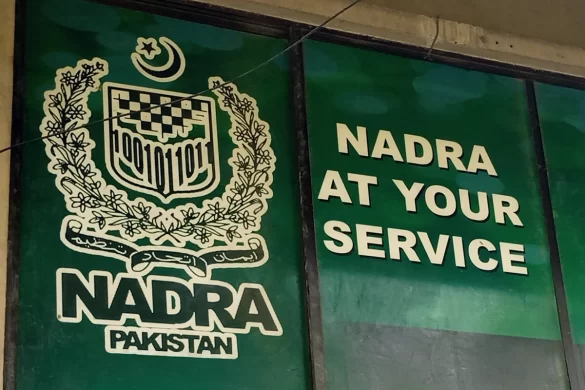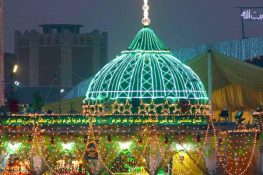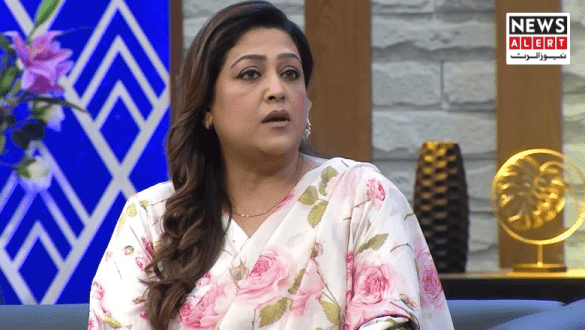A Glimpse into Pakistan’s Film Industry of the 1990s
The 1990s marked a turbulent yet significant period for Pakistan’s film industry, commonly known as Lollywood. While the industry faced a decline in production and financial struggles, audiences continued to flock to cinemas to watch their favorite stars. Among the biggest names of that decade were Meera and Reema Khan, two actresses who dominated headlines, starred in hit films, and cultivated massive fan followings.
Recently, senior actress and filmmaker Sangeeta offered candid insights into that era during an interview with private television channel Geo News. She revealed that much of the tension between Meera and Reema stemmed from their battle for the coveted title of “Number One Actress.”
Rivalry at the Top
According to Sangeeta, both Meera and Reema were determined to be seen as the leading face of Lollywood.
“Both of them believed they were number one,” she explained. “That constant belief and desire to be on top often created tension between them.”
The rivalry between the two actresses was no secret in the entertainment press of the time. Film magazines frequently compared their performances, box-office successes, and public appearances. The competition, as Sangeeta emphasized, was not unusual but rather an extension of the natural ambition found in creative fields.
“In artistic circles, competition is inevitable,” she said. “For Meera and Reema, it was about proving their worth and securing their place in an industry where survival was tough.”
Different Personalities, Different Approaches
While both actresses were equally ambitious, their approaches to stardom often contrasted. Reema Khan was often described as graceful and diplomatic, while Meera developed a reputation for being bold and outspoken. This difference, according to entertainment analysts, fueled their rivalry and made them symbols of two different styles of Lollywood glamour.
Sangeeta’s comments shed light on the behind-the-scenes tensions that many fans speculated about but rarely heard confirmed. Her remarks also highlighted the competitive nature of Pakistani cinema, where the title of “number one” could make or break an actress’s career.
Saima: A Contrast in Calm
When asked who she considered the most soft-spoken and composed actress of that era, Sangeeta pointed to Saima Noor, another prominent name in Pakistani cinema.
“Saima is a very refined, graceful woman,” she said. “She never spoke against anyone, and she never fought with anyone on set.”
Unlike her contemporaries, Saima avoided media controversies and preferred to let her work speak for itself. Known for her professionalism, she maintained strong working relationships with directors and co-stars. Over time, her consistency helped her remain one of the most enduring actresses of Lollywood, continuing to act well into the 2000s.
The Bigger Picture: Women in Lollywood
The revelations from Sangeeta also reflect broader challenges for women in Pakistan’s film industry. In a male-dominated environment, actresses often carried the burden of being judged more harshly, not only on their performances but also on their public image. Rivalries, whether exaggerated by the media or grounded in reality, were often amplified to attract attention.
The 1990s produced several stars, but only a handful managed to sustain long-term careers. Reema eventually transitioned to directing and settled abroad, while Meera remained active in the media spotlight with acting, television appearances, and frequent controversies. Saima, meanwhile, carved out her own niche, particularly in Punjabi cinema.
Conclusion
Sangeeta’s reflections offer a rare, candid glimpse into the inner dynamics of Pakistan’s entertainment industry during a transformative decade. Her account suggests that while rivalries may have sparked conflicts, they also pushed actresses to work harder, sharpen their craft, and leave a lasting mark on Lollywood’s cultural history.
For many fans, the stories of Meera, Reema, and Saima represent more than just celebrity drama—they illustrate the resilience of women striving to define themselves in a challenging artistic landscape.















